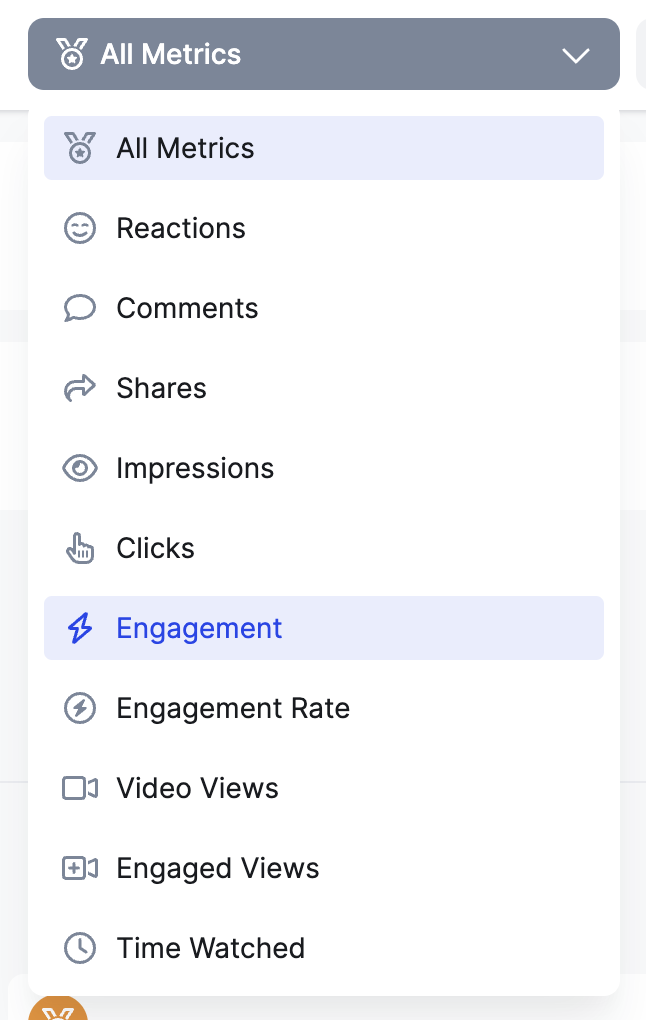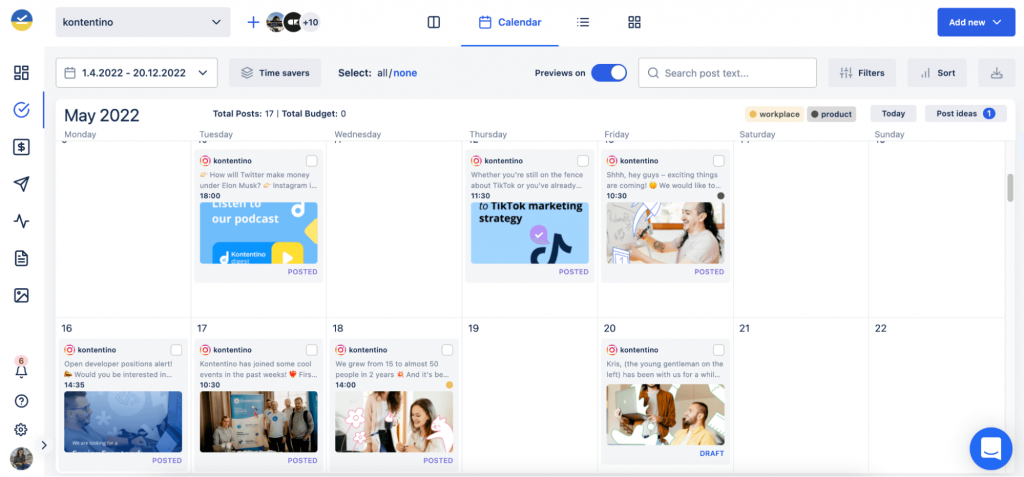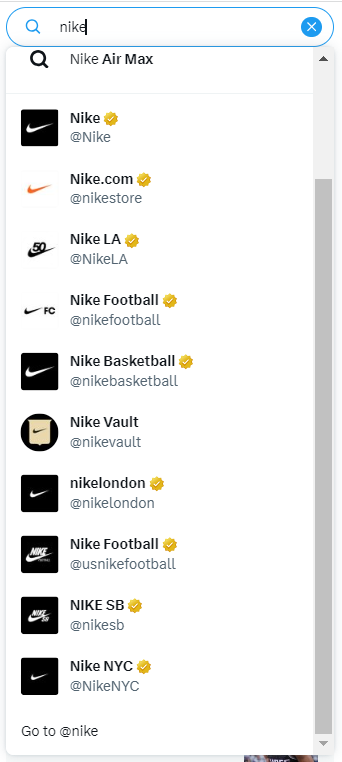How to Create an Efficient Social Media Approval Workflow
Social media specialists have a lot on their plate. Different social media platforms, creating social media strategy, keeping an eye on brand’s social media content – it’s easy to get...

With a plethora of digital marketing channels, platforms, and strategies, social media has become a must for small businesses and large companies alike.
This blog post is your gateway to not just understanding the importance of a well-structured social media strategy but also implementing one.
Here are nine steps for creating a social media strategy that will work for your brand.
You need to be clear about your goals before moving forward with your social media campaign.
Your social media strategy won’t fix everything, but it will help you stay on track, see how you’re doing, and get the most out of your work.
Your business goals should be SMART – Specific, Measurable, Achievable, Relevant, and Timely.
This means that they should be real, quantifiable objectives that you can work towards.
So, for example, “Get more social media reach” is not a goal per se – but “Increase social media reach in my target group by 10% in Q1 2024” is.
Whichever objectives you choose, from boosting brand visibility to expanding your social media lead generation, make sure they are defined with precise figures for clear, measurable success.
How many goals should you set for yourself? A good rule of thumb is to set no more than three marketing goals to keep them measurable and achievable.
Social media allows you to drill down and target exactly who you want.
Knowing your target audience will help you determine which social media platforms they use, how they engage with content, what times and frequencies work best, what kind of Facebook ads would resonate with them best, etc.
And, before you start brainstorming ideas for content and engagement strategies, you simply need to do your homework and tackle audience research.
Check the demographics of your ideal target audience – age, gender, interests, location, language, and other relevant factors.
While there are many reports, surveys, trend compilations, and industry studies that you can use, it’s always best to get feedback and insights from your existing followers and analyze your first-hand data on audience demographics.
Although it may be tempting, don’t skip this step. You need to know the strengths and weaknesses of your social accounts.
Auditing your social media channels involves:
The more honest it is, the better – don’t ignore weak points, and try not to build your social media strategy on assumptions.
You should also assign actions:

Gathering all these insights manually might take you a lot of time – especially if you run multiple profiles.
Leverage Kontentino’s Analytics in your social media audit. In a few clicks, you can get a complete overview of your performance across all channels. This will make it easier to decide where and how to improve.
#4 Analyze your competitors
Can you develop a social media content calendar without looking at what your competitors are doing?
Absolutely.
However, wouldn’t it be great to gain insights into their strategies to draw inspiration and steer clear of their pitfalls?
Conducting a competitive analysis in the social media sphere is about finding out who’s doing what:
You don’t need to analyze 20 competitors in bulk – usually, three is enough to get an idea of what’s happening in your industry. You can do that with Kontentino. Pick a few competitors, and run the comparison with Competitor Analysis. Start from your direct competitors and then move on to other companies in your sector, if needed.

Goals outline the broad objectives or the “what” you aim to achieve.
KPIs (key performance indicators) are specific metrics that track your progress towards these.
Keep them real, quantifiable, and as specific as possible.
A few good KPIs that you could match with an effective social media strategy are:
It’s super easy to lose track of your social media KPIs in your own strategy over time, so you need to keep them in check.
With Kontentino’s Analytics section, you can measure social media marketing performance and monitor all of your KPIs to check that you’re on the right path to achieving your goals.

By now you have a clear idea of what worked and what didn’t.
You have your business goals, you have your KPIs. Now it’s time to figure out which social media channels are the right ones for you.
Focus on those channels that can make an actual difference to your social media marketing strategy – these would be the channels your target group uses the most.
It’s also important to tailor your content to each social media platform for maximum effectiveness.
The “starting point” when it comes to social channels for your social media strategy is picking one or two from the platforms below:
Twitter (X)
YouTube
TikTok
Snapchat
Google Business Profile
You can complement your choice with some “niche” social media channels like Reddit, Quora, BeReal, Twitch, or even Mastodon. However, ensure that it makes sense for your audience.
Even though you will probably use a combination of channels that offer similar post formats (for example, Facebook + Instagram, Instagram + TikTok, LinkedIn + Facebook, or Pinterest + YouTube) make sure you adjust your content to each of them.
A content calendar is an integral part of your social media marketing plan – it’s the navigating practical base of your social media strategy.
It gives you an overview of what content should be published, when, and where.
This way, you won’t forget to post anything or mix it up, as can happen with a more improvised approach.
Your social media content calendar should include information about:

To create and execute a successful social media strategy, you need people. We identified five crucial areas you should consider when working with a team and called it REACT.
For many of the points above, you can use features accessible in Kontentino. From planning out content ahead, to approving posts before they’re published – you get workflow boosters directly in your panel.
Analyzing and optimizing your social media marketing strategy is crucial to ensure its success.
Regularly reviewing your content’s performance helps you understand what resonates with your audience and what doesn’t, allowing you to make informed decisions and continuously improve your approach for better results.
You can track and analyze almost any data related to social media performance, however, you should focus on those that are the most burning for your social media strategy.
Some data you can scrape manually, but it’s social media analytics solutions that come in handy when you want to run a deeper analysis.
Analytics is just the first step, though – you need to use that data as feedback and optimize your social media strategy accordingly.
You won’t fix everything overnight, as this requires time and experimentation. Plan ahead, review the results, learn from them, test various social media formats, and adjust your social media strategies for better performance.
Developing a social media strategy might seem like a lot to process.
If you feel overwhelmed at this point – don’t worry.
We created an editable social media strategy template that you can download for free:

There is much more to Nike than just clothing and shoes.
It is an iconic example of how to cross-promote activities within and around the industry.
They are social media savvy and creative! They also share their initiatives such as influencer collaborations and #nyvsny, just to name a few.
They have a few social media accounts on Twitter alone dedicated to particular sports, countries, or even cities.
This allows them to localize and personalize their content. If you run a global brand or a brand that is present in a few markets, that might be a strategy worth pursuing.

Lesson for you: try to make social media content out of everything that is happening in the company – you might be surprised at how much content you get “out of nowhere”.
If we were to choose a few brands that rock on TikTok, Chipotle would be near the top of the list.
It’s one of the first companies to enter and use the full potential of TikTok.
With witty content varying from hilarious material on how to wrap gifts using a Chipotle bag, to reactions and trend-following videos – everyone will find something for themselves.
And so did Chipotle, using the platform to generate stable viewing figures in the thousands (or even millions) for each posted video.
Lesson for you: entering another platform won’t hurt, and if you can be one of the first brands to test it – even better!
On social media, SpecSavers massively rely on real-time marketing.
They do so multidimensionally in the form of social media posts related to the latest events, or even directly under posts from other accounts in the form of comments.
This way, SpecSavers have established themselves on social media as witty and relevant to the point that other brands keep imitating them (with varied impact).
Lesson for you: real-time marketing is not a fad. While you don’t need to be the next SpecSavers, spare some time for social media listening. Keep an eye on mentions of your brand on social media and react wherever appropriate.
Lesson for you: real-time marketing is not a fad. While you don’t need to be the next SpecSavers, spare some time for social media listening. Keep an eye on mentions of your brand on social media and react wherever appropriate.
Oh, Netflix, where do we start?
With so much video content available on the platform, it’s only natural for them to leverage that on social media.
They publish trailers, cliffhanger scenes, best bits, and lines from their plethora of series and movies.
This kind of content resonates both with those who have already watched the series (and can comment or tag others, knowing the context) and people who plan to binge-watch it later on (so are looking for inspiration).
Lesson for you: do the same – if you have longer videos, try to trim them down for Reels. Do you know that from a single one-minute video, you could create even 15 various video formats? This should also give you food for thought when it comes to recording or creating any video content – keep in mind to do so in a form that can be redistributed or edited further.
Whether you own small businesses or manage a large team, the key to success is having a well-thought-out social media strategy that you can follow through and optimize when needed.
Your social media marketing strategy is your compass, so make sure you always keep it close.
In the ever-changing digital landscape, even the best social media strategies need updates every now and then.